The Santex Rimar Group, a leading centre for development of employment-centered textile and apparel industry in the Xinjiang Uygur Autonomous Region and the China Textile Information Centre jointly organized Future Textile Road, the future of the new textile industry: a dialogue among Xinjiang, China and Europe.
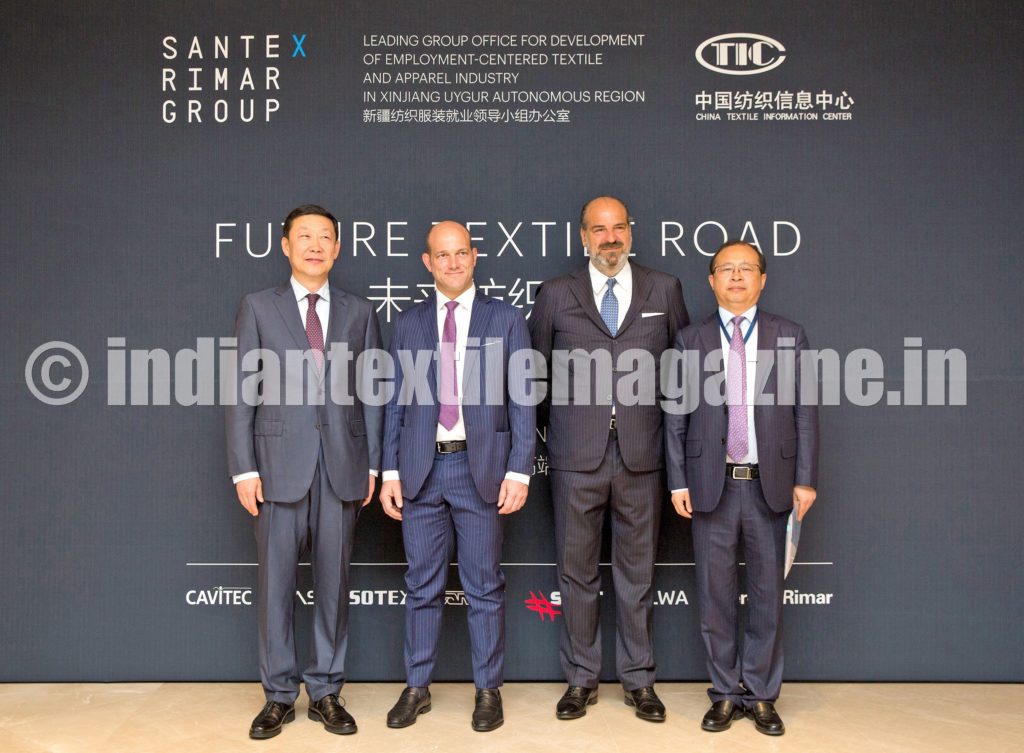
The aim of the event is to build an innovative platform for the future development of the global high-end textile industry and the long-term construction of the co-operation system among different countries aligned with the Belt and Road Initiative.
“According to the ten-year plan, by 2023 Xinjiang will build China the largest cotton textile production base and the largest garment export processing base. Moreover, Urumqi will turn into a fashion capital of Central Asia”, said Zhao Qing, Xinjiang Uygur Autonomous Region Vice Chairman.
Gao Yong, China Textile Industry Federation Party Secretary and Secretary General, pointed out that the Forum is expected to create an efficient platform for international co-operation, build a stronger network of partners and promote textile industry exchanges at a higher level.
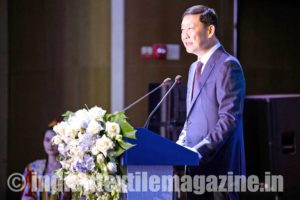
“Xinjiang has become one of the most competitive and rapidly developing textile zones in China compared even with Vietnam and other regions of South-East Asia. The industry output value is planned to increase from 30 billion RMB in 2014 to 400 billion RMB in 2023. Xinjiang is the nearest region of China to Europe with the shortest and less expensive transport time: an international freight train through Xinjiang takes only 12 days to reach Germany. By 2023, Xinjiang will become the largest cotton textile industry base of China and the most important clothing export base in Western China”, explained Liang Yong, Xinjiang Uygur Autonomous Region People’s Deputy Secretary-General.
“We are here to open a new dialogue between Xinjiang, China and Europe: “Future Textile Road” stays for brand-new connections which are being established among different countries and regions. We want to continue to prove our commitment to the Chinese textile industry with this new important milestone in Xinjiang. This definitely represents a great opportunity for the global textile industry”, commented Ferdinando Businaro, the Santex Rimar Group President.
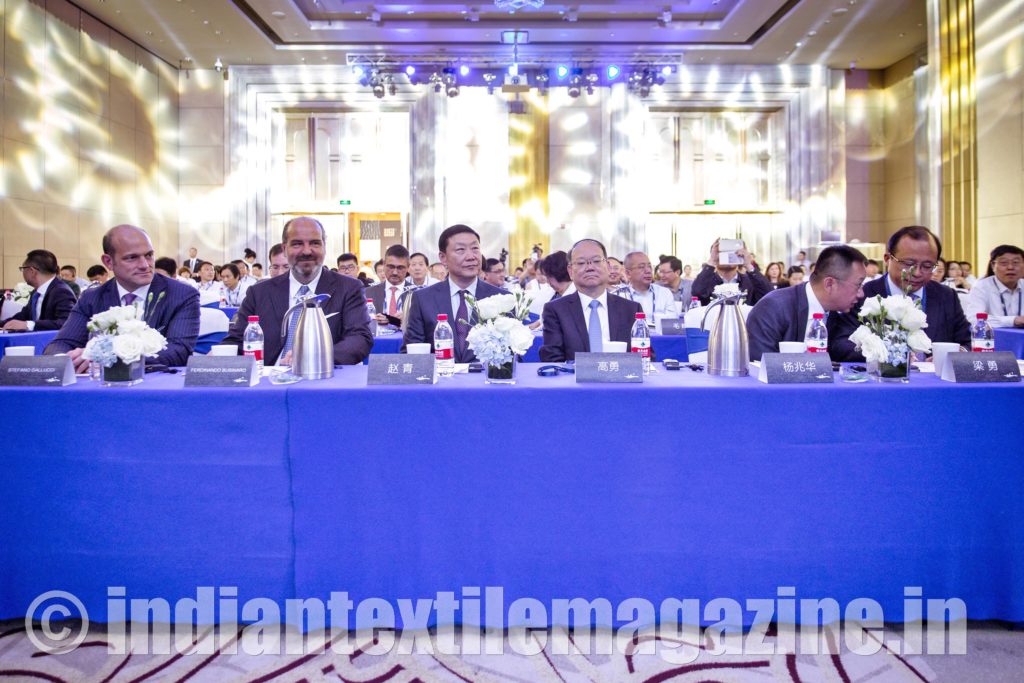
Stefano Gallucci, Santex Rimar Group CEO, observed: “The Santex Rimar Group wants to join the Belt and Road initiative. We want to bring our know-how and experience in providing solutions for the textile industry and help customers become successful”.
Giovanni Bonotto, Creative Director, Bonotto, Cheng Yingfen, Designer Director, Xinjiang Atlas Research and Development Promotion Center, Francesco Dalla Rovere, President, Sinv Holding; Arthur Huang, CEO and Founder, Miniwiz, Pietro Pin, Head of New Technologies Research and Development, Benetton Group, Cristiano Seganfreddo, Artistic Director, Krizia, Su Xiao, President, Shangdong Ruyi Group; Sun Weiting, Chairman, Huafu Top Dyed Melange Yarn Co. Ltd., and Calvin Woolley, Global Supplier Development Leader – Textiles Category Area, Ikea, addressed the first day of the Forum.
Forum contents shifted from the Ikea commitment to sustainability and new materials to the Bonotto example of producing high quality fabrics for the most important fashion brands of the world – from the cutting-edge Chinese textile companies such as Ruyi and Huafu to the high-performance applications of recycled materials of Miniwiz.
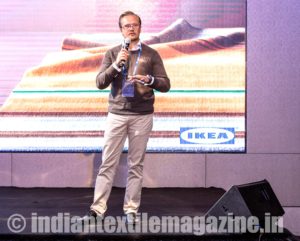
The essence of the dialogue among Xinjiang, China and Europe was perfectly represented by the Forum special content: Zhu Chongyun Collection designed and curated by Zhu Chongyun, Founder of the Marisfrolg Group, Board Chairman of Marisfrolg and Creative Director.
Thanks to a unique expression of style Zhuchongyun is aiming to develop fashion into art with no distinction between the East and the West. The displayed collection, named East & West Melody, combines and reshapes the traditional East cultural elements with Western contemporary design techniques.
Gao Yong, China Textile Industry Federation Party Secretary, Yang Zhaohua, Vice President of China Textile Industry Federation, Peng Yanli, Deputy Secretary-General of China Textile Industry Association, and Qiao Yanjin, President of China Textile Industry Association, Director of Productivity Promotion Department of China Textile Industry Association, Director of China Textile Information Center, were among the almost 200 people who attended the first day of the Forum.
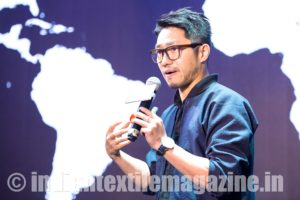
The event represented a unique opportunity for the Santex Rimar Group to join and promote a strategic initiative. For the first time an Italian machine manufacturer has gathered some of the most important players to explore the future growth of the textile industry.

Cristiano Seganfreddo, Artistic Director of Krizia, said in his address: “Creativity is the new weaving machine. The yarns of this loom are dialogue between different cultures, technology, art, design, sustainability and cultural engagement. For future textile roads we need to weave new ideas and not simply physical yarns!”